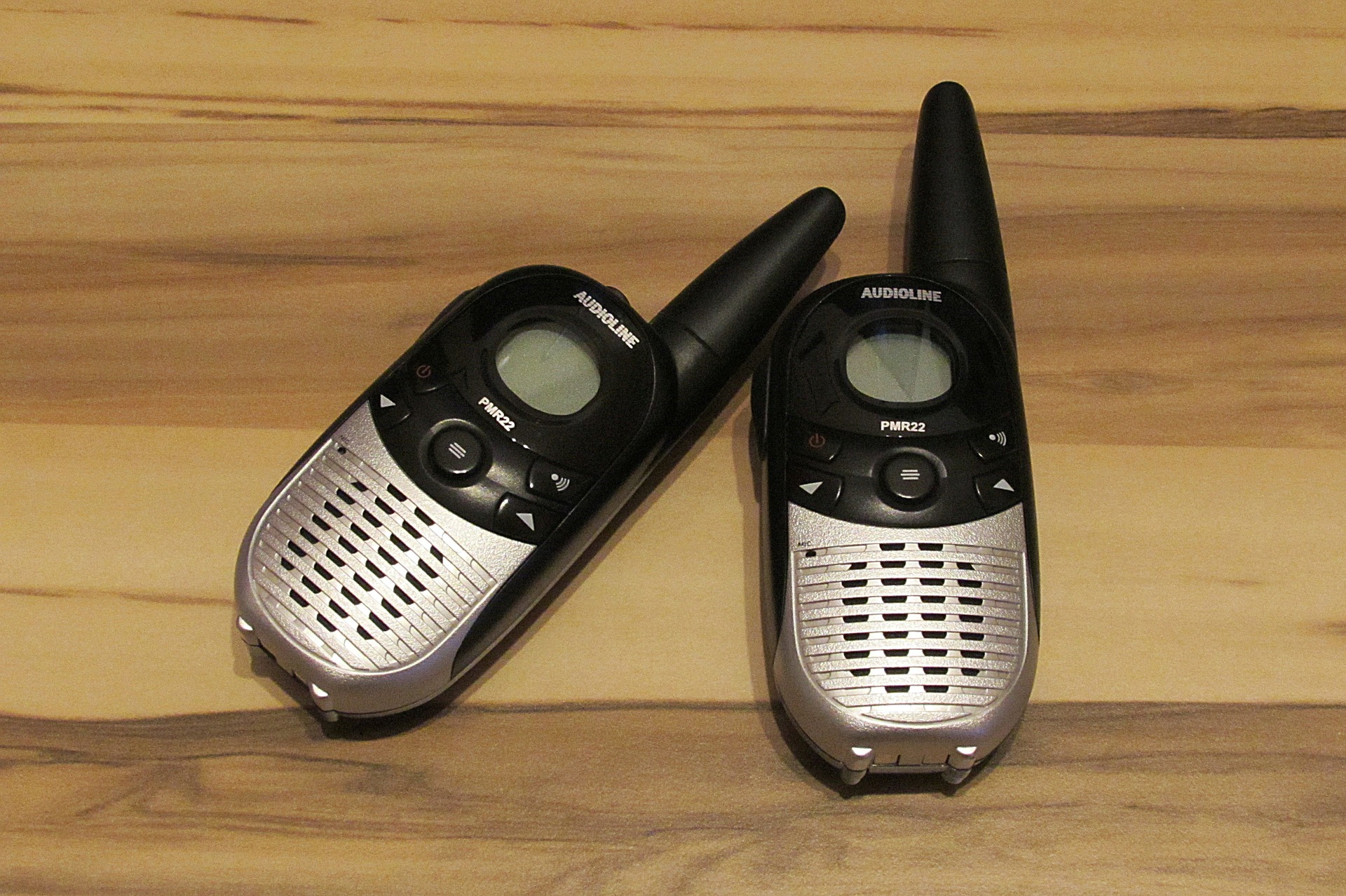In this article, we will be looking at privacy issues when using a walkie talkie onboard a cruise ship.
On a typical cruise, most passengers will be using walkie talkies to communicate, it’s the number one form of communication onboard a cruise ship amongst passengers.
While there are 22 channels on a walkie talkie and half of which half are unusable to a non-licensed radio user, this is where the congestion problem arises.
Put a bunch of people in a boat with a limited number of channels, what you get is people interfering with each other on the radio waves.
Since consumer walkie talkies have from 462 to 467 MHZ to use, this a very narrow spectrum of frequency assigned to two-way radios for general public use.
Interference is inevitable in this scenario so to help curb this problem; the best solution is to use privacy codes.
Privacy codes are simply sub channels which users can set in-order to be in an empty channel on their own.
Users can set their channel to 2 and sub channel 6 in-order to move away from everyone who could be on channel 2.
Privacy codes are very useful in these situations where there could potentially be hundreds of users spread out in every channel.
There could be up-to 38 subchannels on a device depending on the make of the device.
Privacy codes aren’t really private, but they can give you a peace of mind and assurance that no one else is eavesdropping on your conversation whilst on a cruise boat.
By the way, anyone could always dial in your sub-channel and be able to hear you talking on that channel/sub-channel.
In regards to walkie talkie privacy during a cruise, there’s no way to be totally private on a cruise with a walkie talkie,
There are more high-end two-way radio products which are totally private, but, are not only expensive, but they also need a license in-order to be used and are prohibited on most cruise liners.

